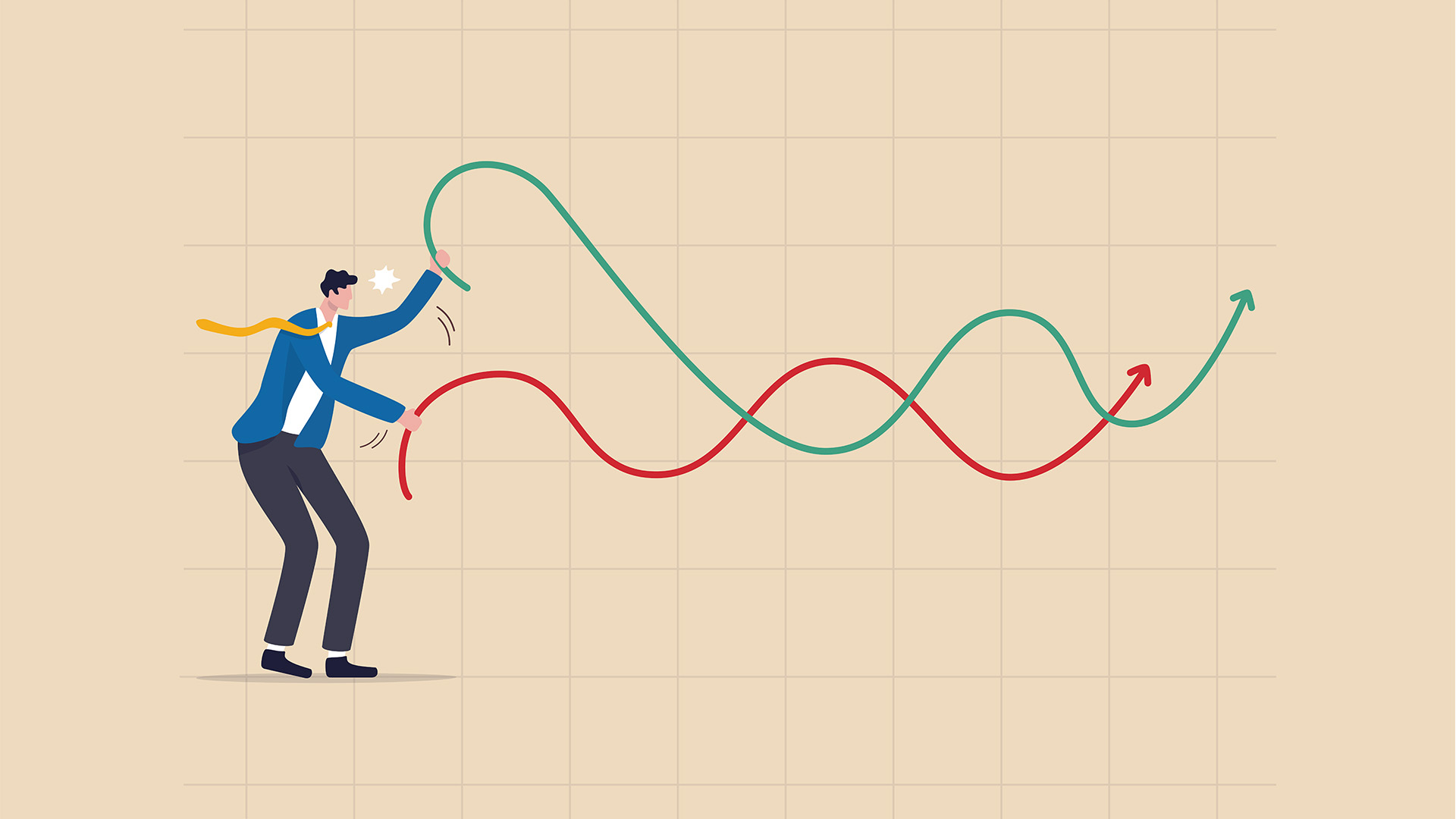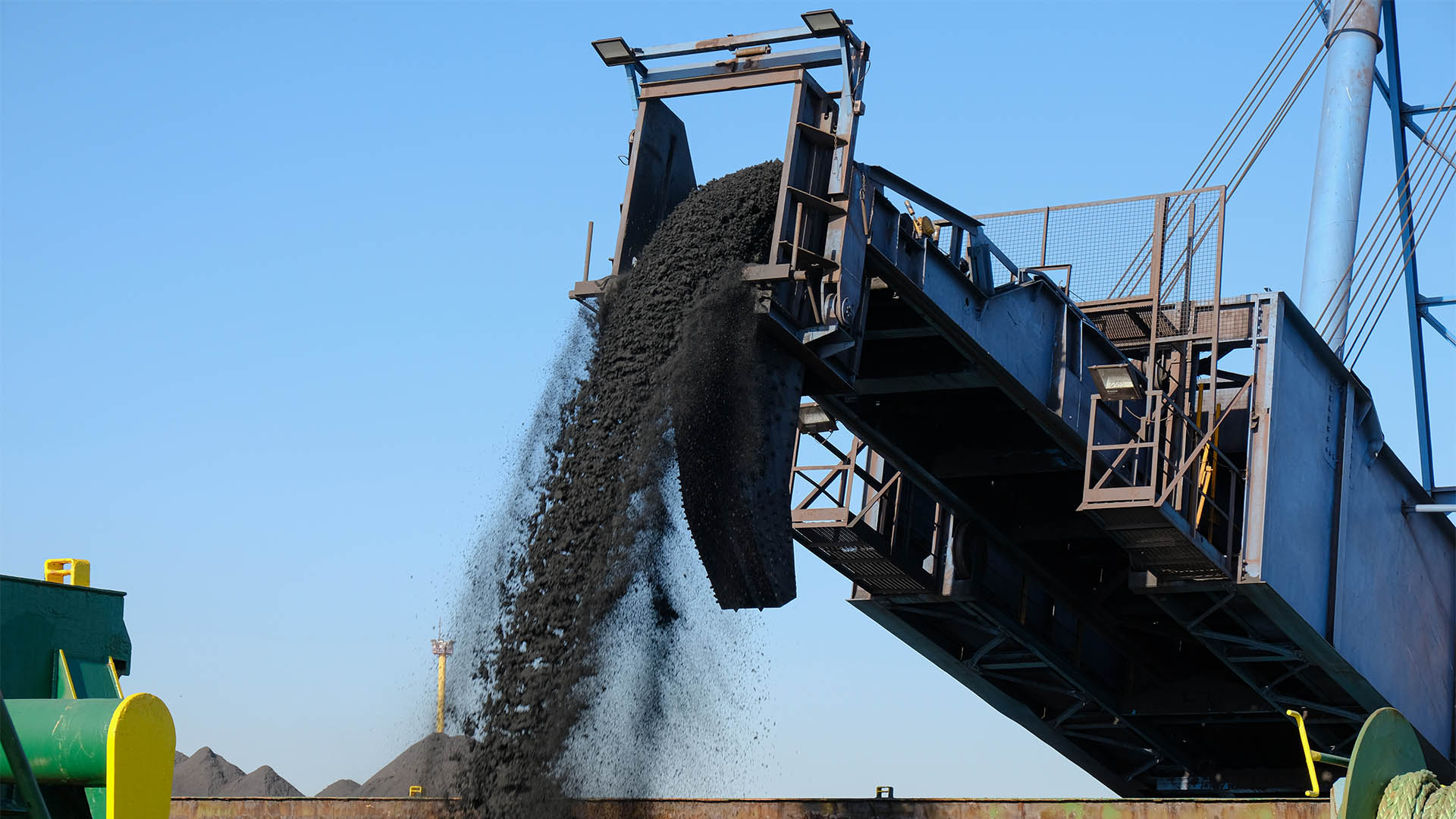Mixed economic news yesterday ahead of the last Reserve Bank board meeting for the year later today.
The bottom line is that the data flow yesterday and expected today (current account and government finances) will not see the RBA change its monetary policy approach, except to put it on a higher level of alert about weaknesses appearing in some parts of the economy.
But the central bank will be glad of the ceasefire in the President Trump – China trade war, while it will be watching this Thursday’s OPEC meeting closely as oil prices rise in anticipating of a production cap agreement between OPEC and Russia.
Thanks to big falls in Sydney and Melbourne – house prices again fell – but were higher in Brisbane, Darwin, Adelaide, Canberra and Hobart, job ads growth slowed in November, but are still growing.
Company profits hit record levels, wages rose (according to a different way of measuring them than the Wage Price Index), company stocks were steady but building approvals again weakened
For AMP Capital’s chief economist Shane Oliver the bottom line from the releases was to underline his belief that the next move in the Reserve Bank’s cash rate will be a cut from the current 1.5%.
“Along with CoreLogic data showing ongoing falls in house prices, today’s data adds to our expectation that RBA rate hikes are at least two years away and that there is rising risk that the next move by the RBA will be a rate cut rather than a rate hike,” Dr Oliver wrote yesterday.
Building approvals fell 1.5% in October, with unit approvals down 5.4%. The downtrend in dwelling building approvals and in the value of alternations and additions points to further slide in dwelling investment over the next year.
Also, ANZ jobs ads fell 0.3% in November with annual growth slowing to 2.3% and the Melbourne Institute’s Inflation Gauge for November basically stalled with headline inflation slowing to 1.6% year on year and underlying inflation slowing to just 1.3% year on year – a sign that inflation could be slowing for a second successive quarter.
If that’s the case, the Reserve Bank will be watching cost pressures carefully to see if they extend in 2019, contrary to the central bank’s expectations.
Third-quarter gross company profits surged to a record peak of around $90 billion, up 1.9% from the previous quarter, seasonally adjusted and 13.5% from the September quarter of 2017.
Wages and salaries rose 0.9% in the quarter and 4.3% from the same quarter of 2017 – but they are measured in a different way than the Wage Price Index which showed a 2.3% rise in the year to the end of September.
But business stocks or inventories were unchanged compared with analyst expectations for a 0.4% gain, suggesting a small detraction (drag) to third-quarter economic growth.
September quarter GDP tomorrow is forecast to be up 0.6% from the June quarter and around 3.3% from a year ago.
CoreLogic data yesterday showed that Australian capital city dwelling prices fell another 0.9% in November marking 14 months of consecutive price falls since prices peaked in September last year.
This has left prices down 5.3% from a year ago, their weakest since the GFC.
The decline is continuing to be led by Sydney and Melbourne. Sydney dwelling prices fell another 1.4% and they have now fallen 9.5% from their July 2017 high, Melbourne prices fell another 1.0% and are down 5.8% from their November 2017 high.
While Perth also saw prices fall by 0.7%, but Hobart and Darwin saw prices rise by 0.7%, prices in Canberra rose 0.6% and Brisbane and Adelaide’s prices rose 0.1%.
In contrast, home prices in regional areas fell by a smaller 0.1% last month, trimming the gain over the past year to 0.3%.
“Nationally, dwelling values are down 4.2 percent since peaking in October last year, with dwelling values retracing back to levels last seen in December 2016,” CoreLogic head of research Tim Lawless said in a statement yesterday.












